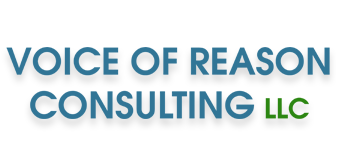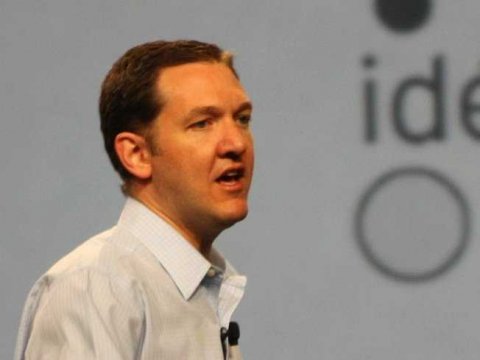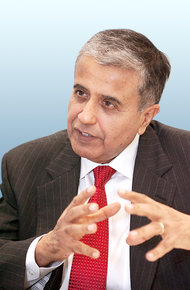The 4 Rules of Answers from Boaz Rauchwerger at http://boazpower.com/ and
+1 from Michael Gansl
Boaz Rule #1 – An instant answer with strong words equals YES. If you ask someone, “Is this a good to you?” and they respond with “Absolutely” or a strong “YES”, there is no question about the answer. It is a YES.
Boaz Rule #2 – An instant answer with weak words equals NO. If you ask someone, “Does this product meet your needs?” and they respond with “Yah, it looks like it’s going to work out.”, that’s not a YES. What should you do? Ask more questions until you get an instant answer with strong words.
Boaz Rule #3 – A pause usually equals NO. Some people are deep thinkers, but not the majority. Ask more questions.
Boaz Rule #4 – Eyes darting away equals NO. I’m not talking about someone looking to the upper right or the lower right. They’re going back to their memory. I’m talking about their eyes going horizontal for a second. What should you do? Ask more questions to find out if they have another or better idea. A subset to this rule: If someone looks away from you at the point of the answer, it’s usually a lie.
The goal is to SLOW DOWN. Pay attention to the tone, pacing, body language and the eyes. You may find that these rules can get you on the road to understanding people more easily. These rules will apply no matter whether you’re moving in miles per hour or kilometers.
+1 Gansl Rule: – Getting someone to say OK does not mean they agree with you. It may only mean they heard what you are saying. It is not to be confused with either a Yes, or a No.



